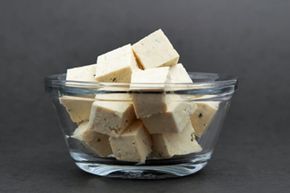Since the early 1970s, many low-income pregnant and breastfeeding women have been able to take care of themselves and their infants and young children with help from a United States government program called WIC. The acronym stands for the women, infants and children whom it targets.
WIC was born as a 1972 amendment to the Child Nutrition Act of 1966. The aim of the program was, and still is, to provide healthy nutritional assistance to the people it serves. It's based on a simple idea: Pregnant women who follow good nutrition practices have healthy babies, while malnourished pregnant women may have babies with low birth weights, poor nutrition or other physical ailments.
Advertisement
Each year, the U.S. Congress sets aside a certain amount of funds, and the Food and Nutrition Service (which operates the grant program at a federal level) distributes those funds to state agencies. The money pays for WIC foods, nutrition, education for the mothers and costs to keep it running.
The funds are distributed through checks that can be exchanged for certain foods. Remember, WIC is for pregnant women, infants and children, so the foods are limited to things like cereal, milk and juice, as well as iron-fortified formula, eggs, cheese, peanut butter, and dried peas and beans. Mothers who breastfeed their babies may potentially receive more food, like raw carrots and canned tuna.
In this article, we'll tell you what it takes to qualify for benefits and talk about some new healthy additions that are part of a large overhaul to the program, targeted at getting women and children to eat more healthfully.
Advertisement





